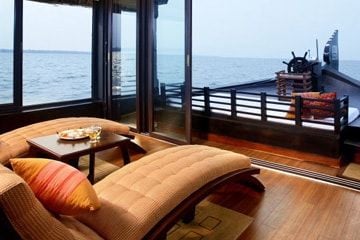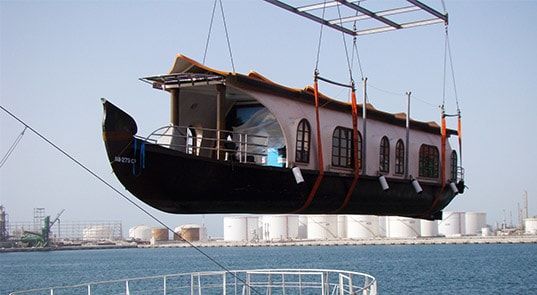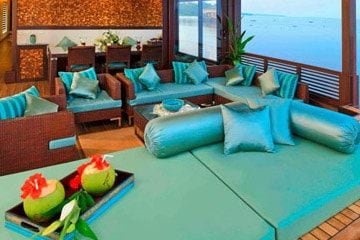Ever been confused about what to give the boss for his birthday, if you are invited to a party at his home? Or a close colleague for getting a promotion? Or a friend for getting that dream job? A box of chocolates or mithai is always a good idea, but it is what almost everyone else will also be bringing as a gift. Why not stand out? Why not give a gift that they will talk about to everyone, and you get remembered as a result, after the partying is over?
Customised gifts are here and the best gifts are always the ones that are personalised to suit someone’s style, preference, interest and/or hobby. So, you can of course send across those gift baskets/boxes, monogrammed cufflinks and pens etc. But how about customised liquor? It’s classy, thoughtful, and will definitely help you stand out over everyone else.
There are US websites that do this - customise alcohol bottles with personalised etchings and messages on them, and will even ship to India, on special request. There is also a site that will customise labels for you, that you can stick on a bottle. People can choose between these two types of services and see which one they prefer.
Jim Ristuccia, a customer service executive at Etching Expressions shared a few trade secrets.
1. What are your most popular designs?
For business to business (B2B): Corporate logos, events, client presents and product launches. For business to consumer (B2C): Birthdays, anniversaries and wedding related designs
2. Which is the most frequently sold alcohol?
Red wine, mostly cabernet. Red bottles show etching the best.
3. What do customisations cost, inclusive of shipping and taxes?
For one-off B2C bottles about $100 to $125 USD. For B2B from $30 to $50 in volume.
4. Do you ship outside the US?
Yes, but we are limited by alcohol restrictions and the high cost of shipping.
5. Who is your major clientele? Demographics and Industries they belong to?
In the B2B category, all types of businesses large and small. The full range - from sports teams, entertainment giants, financial companies to small construction companies. For B2C, typically, our consumer is female between 30 and 65 years.
6. Which has been your quirkiest request?
On the corporate side: Putting fracking fluid in a champagne bottle for an energy company. For a B2C: A picture of the customer’s girlfriend.
7. Is it cheaper to buy such a gift in bulk or not? And do you do an assorted liquor deal when it comes to bulk orders? Or does it have to be all of one kind?
Most of our B2C orders are single bottles. We can offer a range of discounts for 12 to 10,000 bottles.
8. Do these have a resale value?
Not really, They are personalized for an occasion or person, so it really means something to the recipient. Most people hold on to their bottles unopened for years to decades. I’ve heard more stories of people having bottles over 20 years, than I have run across instances of people selling the bottles.
9. What liquor would you suggest be gifted to a CEO/colleague: For a birthday? For a promotion? For a successful deal? For an anniversary? For moving to a new job?
It depends on what they like. It’s usually very personal. The bottle is one half of the project. The design and the message is the other. Together they make an incredibly personal gift that really resonates with the recipient. Ultimately, it’s the message that makes an impact. Saying how much you care about the person is a powerful message.
Written for CNBCTV18.com
Written for CNBCTV18.com









